Choosing the best fishing line for your reel is a critical aspect of setting up your fishing gear. Using the wrong line and reel combination can be detrimental to your fishing and can result in losing catches and lures, breaking lines, and even damaging your reel. How do you choose the right fishing line for your reel?
Fishing line and reels should be rated at a similar strength. Light reels should be paired with light line, medium reels with medium line, and heavy reels with heavy line. For example, reels rated 1000 with 4lb line, 6000 reels with 8lb line, and 30 000 reels with 30lb line.
Every angler has their own method for choosing the right fishing line and reel combination, but there are some good guidelines to follow to make the process easier. Fishing reels and fishing line have very specific characteristics and limitations. Once you understand these, finding the right combination is simple.
How To Choose The Right Line For A Reel
Choosing the right line and reel combination is critical for fishing success. Without the right combination, you will likely experience significant hindrances while fishing and may not catch the fish you are after.
Using a line and reel combination unsuited for the fish you target and the water you are fishing in can be disastrous and frustrating. Understanding how to find the right combination of this equipment is essential and drastically improves your chances of success on the water.
With that said, here are the most important considerations when choosing a line and reel combination and how to choose the right combination for the water you are fishing in and the fish you are targeting.
Consider The Test Of The Line
The first thing to consider when selecting a line and reel combination is the test strength of the fishing line.
The strength of the fishing line is called test and is measured in pounds. It is important to consider the line before the reel because the line determines the size and weight of the fish you can catch with it.
A line rated at a 4-pound test cannot be used to catch a 15-pound fish.
This means you must carefully consider the line you use based on the fish you want to catch. If you are after smaller fish, 5 pounds or less, it is important to use a line designed for them. If your target fish are in the medium-weight range, from around 6 – 15 pounds, choose a line that can handle this weight.
If you are after large fish, from 15 pounds to around 30 pounds, it is critical to get a line that is rated for these weights. Fishing for large specimens of more than 30 pounds requires specialized lines to handle the fish.
It is always best to choose the lightest line possible for your target fish. The lighter the line you use, the easier it is to cast and control. Heavy lines are very difficult to control, and they make fishing more difficult.
Using a heavy line is unnecessary for lightweight fish. It is important to choose a line that is rated slightly above the fish you are targeting.
For example, if you are targeting fish in the 6-pound range, choose a line with a test of 7 or 8-pounds. This will ensure that the line is light enough to use easily for catching these fish and that it will not break while catching fish in this weight range.
Once you have chosen the right line for the fishing you want to do, you can choose a reel to match it.
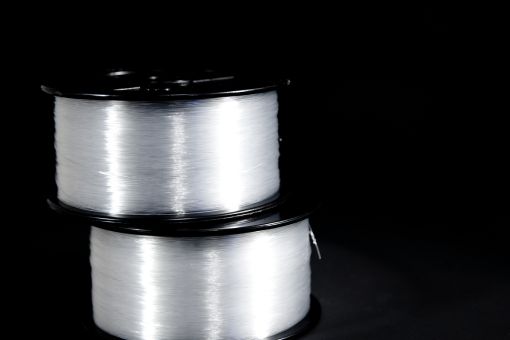
Consider The Rating Of The Reel
When you have chosen the right line for your fish, choosing the right reel for your line is important. If you choose a reel that is too heavy-duty for your line, it is likely to spool too quickly and become tangled very quickly.
A heavy reel can also easily break a lightweight line. It is impossible to control a light line weight and a heavy reel. For this reason, you must choose a reel that matches the test strength of your fishing line.
Reel sizes and strengths are usually denoted with multiples of 1000. The lightest, smallest reels easily available are usually 1000 reels. The next size up is 2000, then 3000, 4000, 5000, and so on, until the largest reels at about 30 000.
Reels from 1000 to 3000 are considered small and should only be used with lines of a test between 2 – 10 pounds for mono lines and 4 – 15 pounds for braided lines.
Reels rated from 4000 to 9000 are considered medium gauge. These reels can be used with lines from an 8-pound test to a 25-pound test for mono lines and from an 8-pound test to a 50-pound test for braided lines.
The heaviest reels are from 10 000 to 30 000 or more. These reels can handle the heaviest lines, usually from a 20-pound 60+ pound test for mono lines and a 25-pound to 80+ pound test for braided lines.
There are lighter and heavier reels than those listed here, but these are the most commonly available reels in most fishing gear shops.
Choosing the right reel for the line you need to target the fish you want to catch is critical. The right reel will spin correctly. Apply the correct amount of pressure to the line, and keep the line in good control while fishing.
Without the right reel for your line, you will have a lot of trouble controlling your line and reeling in your fish. The wrong combination usually leads to broken lines or lost fish.
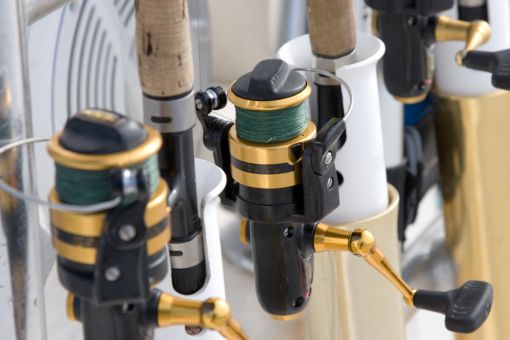
Choose An Appropriate Reel And Line Combination
Now that you have considered the line test you need for the fish you want to catch and the reel size and strength for the line you have chosen, it is time to zoom in on the smaller details for choosing a reel and line combination.
Reels always have a rating range. This means, for example, that a 6000 reel can handle a mono line between 12 and 18 pounds and a braided line between 12 and 30 pounds.
This means you should choose your reel based on the heaviest and lightest fish that you generally catch.
This allows you to use one reel with multiple line strengths and easily experiment and explore various line and reel combinations until you find the perfect setup for the fishing you do and your technique preferences.
With the right reel and line setup, you will find it far easier to catch the fish you are after, and the entire experience will feel easier and more enjoyable overall.
Always take your time to carefully consider these factors when choosing a reel and line combination, as it can make or break your fishing experience. If something does not feel right, change it until you find the ideal rig for you.
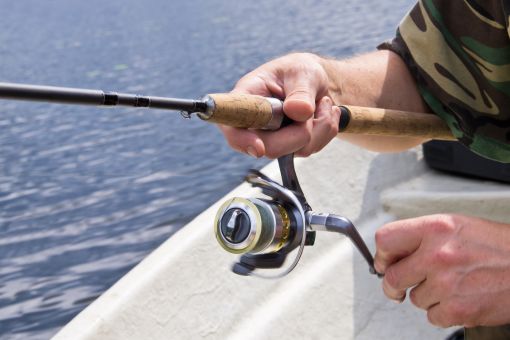
Conclusion
Choosing the right fishing line for the reel and the right reel for the line can be challenging, especially if you have never set up a reel and line before. The process gets easier the more you understand the materials, and the choice becomes easier when you understand the type of fishing you enjoy.
Always take your time when choosing a reel and line, and base your decision on the fish you want to catch, the type of fishing you prefer, and the waters you are fishing in. This will always lead to the best results and increase the chance of your fishing success significantly.
- Do You Need An Indicator For Nymph Fishing? - November 16, 2023
- Fishing Safety Tips For Families - September 25, 2023
- What Is The Best Time To Night Fish At A Lake? - September 18, 2023


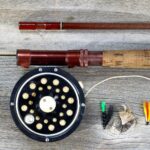
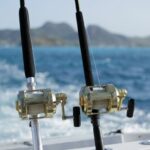



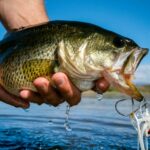
![Fly Fishing for Beginners [Ultimate Guide to Catching Fish] fly fishing for beginners](https://irvinelake.net/wp-content/uploads/2022/11/fly-fishing-man-150x150.png)